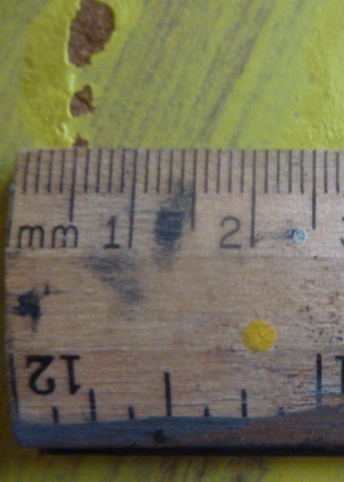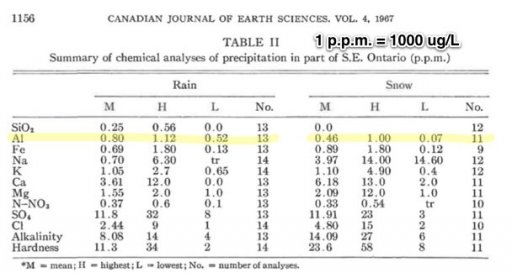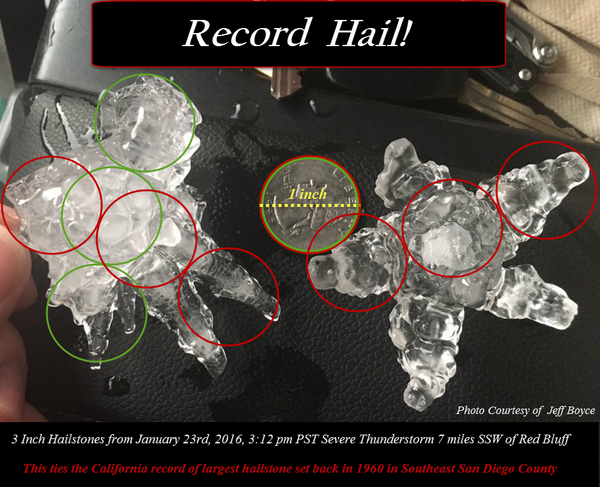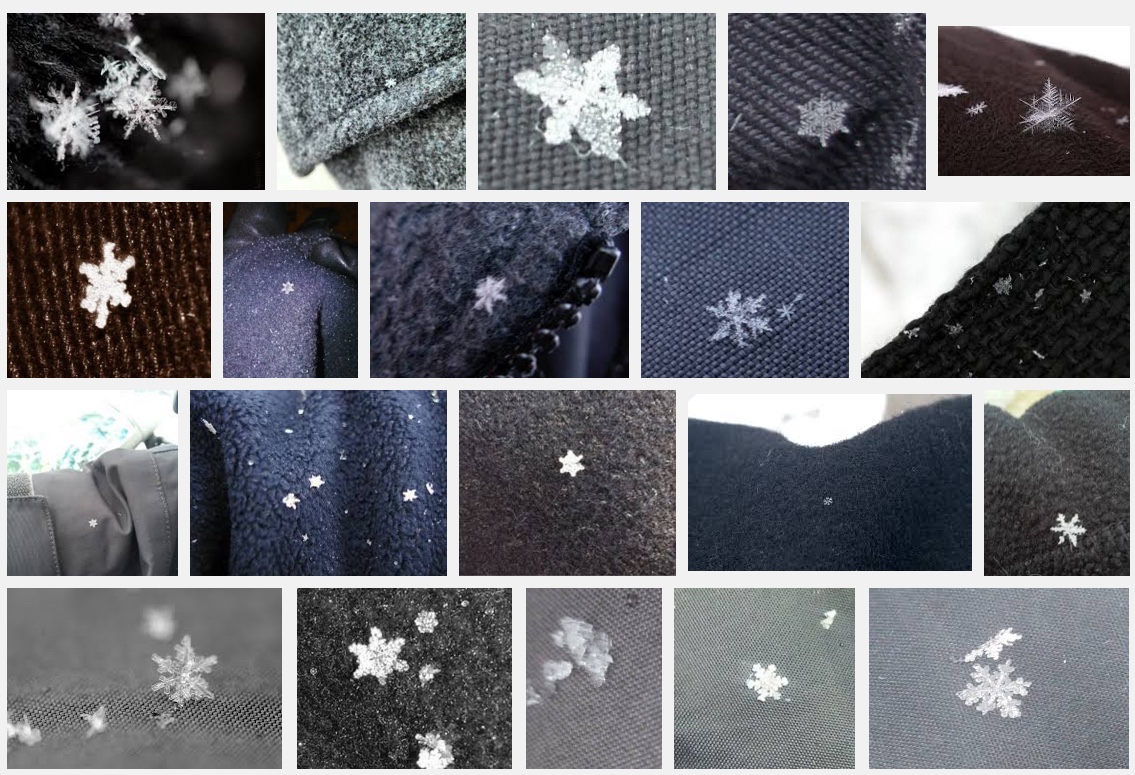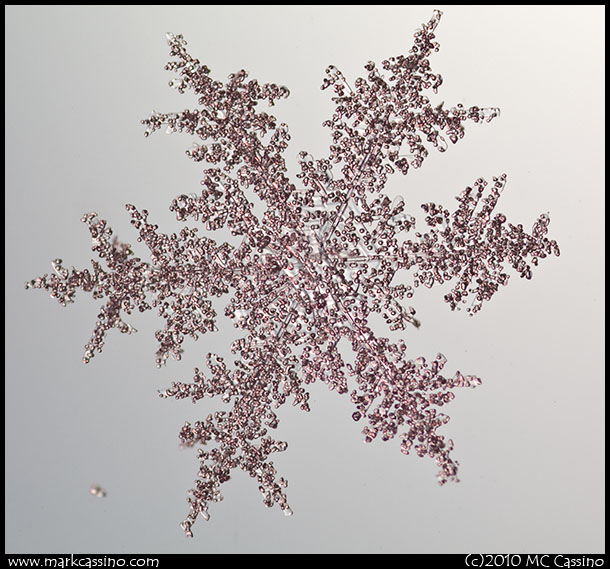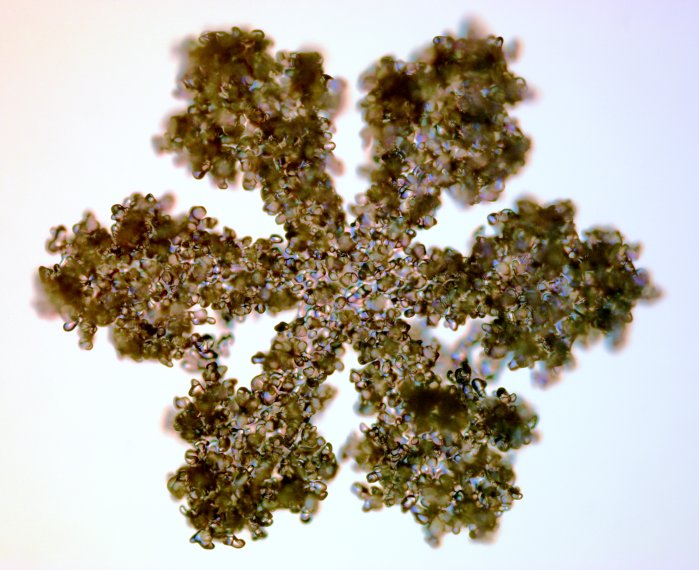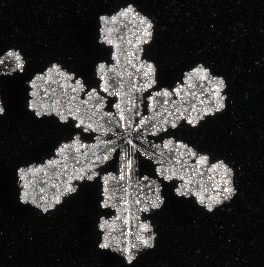MikeG
Senior Member.
In keeping with the snowstorm that has engulfed my part of the country, a friend sent me this old post from Global Skywatch.
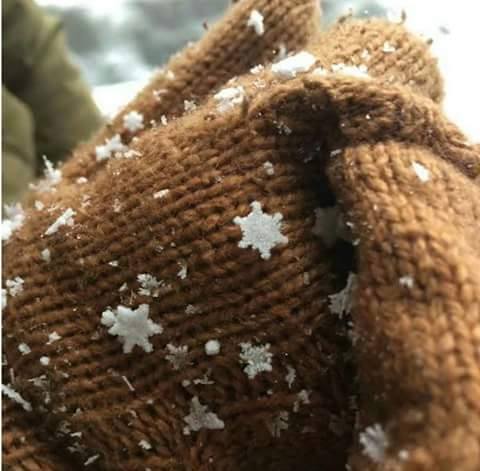
Metabunk has covered “fake snow” claims in many, many threads.
https://www.metabunk.org/debunked-fake-snow-burning-snow.t3026/
https://www.metabunk.org/dane-wigington-nucleated-fake-snow-demystified.t3043/
I could not find any references to “giant snowflakes,” so I did a little research.
They are called dendrites
https://en.wikipedia.org/wiki/Dendrite_(crystal)
In fact, they are very beautiful.
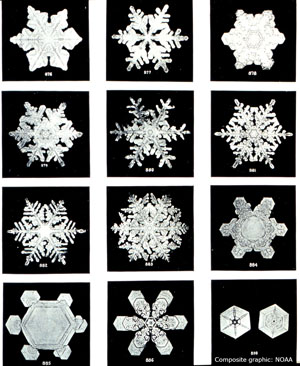
http://www.noaa.gov/features/02_monitoring/snowflakes_2013.html
Anyway, back to shoveling!

http://globalskywatch.com/chemtrails/ubbthreads.php?ubb=showflat&Number=15045#Post15045Strange Precipitation - Giant Snowflakes, Snow Blankets, Styrofoam Snow, Milky/Dirty Rain
Once again, we are seeing anomalies with snow that we've never seen before. Not since we've been alive have we seen anything like this. Giant, ornate snowflakes.
Is this the result of some kind of chemical nucleation process? Most likely it is.
Metabunk has covered “fake snow” claims in many, many threads.
https://www.metabunk.org/debunked-fake-snow-burning-snow.t3026/
https://www.metabunk.org/dane-wigington-nucleated-fake-snow-demystified.t3043/
I could not find any references to “giant snowflakes,” so I did a little research.
They are called dendrites
https://en.wikipedia.org/wiki/Dendrite_(crystal)
In fact, they are very beautiful.

http://www.noaa.gov/features/02_monitoring/snowflakes_2013.html
Anyway, back to shoveling!

